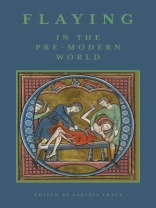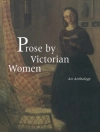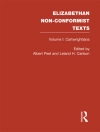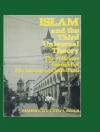The practice and the representation of flaying in the middle ages and after are considered in this provocative collection.
Skin is the parchment upon which identity is written; class, race, ethnicity, and gender are all legible upon the human surface. Removing skin tears away identity, and leaves a blank slate upon which law, punishment, sanctity, ormonstrosity can be inscribed; whether as an act of penal brutality, as a comic device, or as a sign of spiritual sacrifice, it leaves a lasting impression about the qualities and nature of humanity. Flaying often functioned as animaginative resource for medieval and early modern artists and writers, even though it seems to have been rarely practiced in reality.
From images of Saint Bartholomew holding his skin in his arms, to scenes of execution in
Havelok the Dane, to laws that prescribed it as a punishment for treason, this volume explores the idea and the reality of skin removal – flaying – in the Middle Ages. It interrogates the connection between reality and imagination in depictions of literal skin removal, rather than figurative or theoretical interpretations of flaying, and offers a multilayered view of medieval and early modern perceptions of flaying and its representations in Europeanculture. Its two parts consider practice and representation, capturing the evolution of flaying as both an idea and a practice in the premodern world.
Larissa Tracy is Associate Professor, Longwood University.
Contributors: Frederika Bain, Peter Dent, Kelly De Vries, Valerie Gramling, Perry Neil Harrison, Jack Hartnell, Emily Leverett, Michael Livingston, Sherry C.M. Lindquist, Asa Mittman, Mary Rambaran-Olm, William Sayers, Christine Sciacca, Susan Small, Larissa Tracy, Renée Ward
Tabella dei contenuti
Introduction: Rending and Reading the Flesh – Larissa Tracy
Tools of the Puncture: Skin, Knife, Bone, Hand – Jack Hartnell
A Tale of Venetian Skin: The Flaying of Marcoantonio Bragadin – Kelly De Vries
Flesh and Death in Early Modern Bedburg – Susan Small
Medievalism and the ‘Flayed-Dane’ Myth: English Perspectives between the Seventeenth and Nineteenth Centuries – Mary R. Rambaran-Olm
Skin on Skin: Wearing Flayed Remains – Frederika Bain
Robed in Martyrdom: The Flaying of Saint Bartholomew in the Laudario of Sant’Agnese – Asa Simon Mittman
Robed in Martyrdom: The Flaying of Saint Bartholomew in the Laudario of Sant’Agnese – Christine Sciacca
Masculinist Devotion: Flaying and Flagellation in the
Belles Heures – Sherry C.M. Lindquist
A Window for the Pain: Surface, Interiority and Christ’s Flagellated Skin in Late Medieval Culture – Peter Dent
‘Flesche withowtyn hyde’: The Removal and Transformation of Jesus’ Skin in the English Cycle Passion Plays – Valerie Gramling
No Skin in the Game: Flaying and Early Irish Law and Epic – William Sayers
Reading the Consumed: Flayed and Cannibalized Bodies in
The Siege of Jerusalem and
Richard Coer de Lyon – Emily Leverett
Losing Face: Flayed Beards and Gendered Power in Arthurian Literature – Michael Livingston
Face Off: Flaying and Identity in Medieval Romance – Larissa Tracy
Thou shalt have the better cloathe’: Reading Second Skins in
Robin Hood and Guy of Gisborne – Renée Ward
Epilogue: Anthropodermic Bibliopegy in the Early Modern Period – Perry Neil Harrison
Select Bibliography
Circa l’autore
Larissa Tracy is Professor of Medieval Literature at Longwood University. She has published extensively on medieval violence and its intersections with literature, law, medicine, and social identity.












